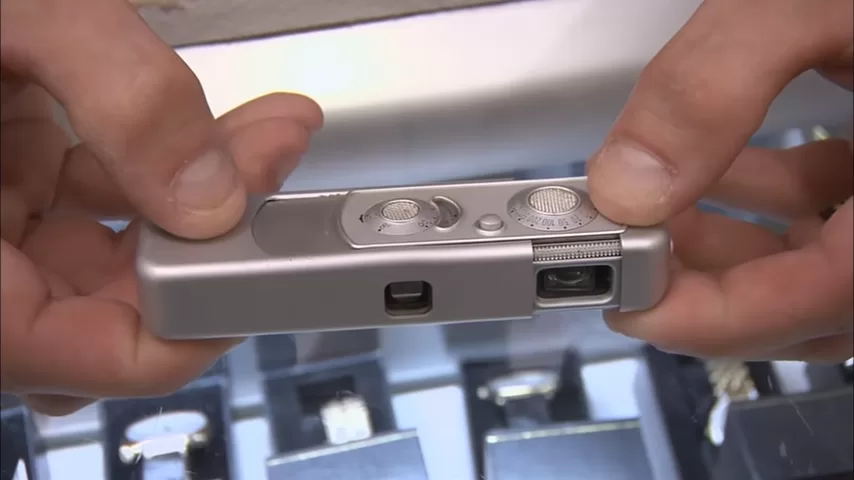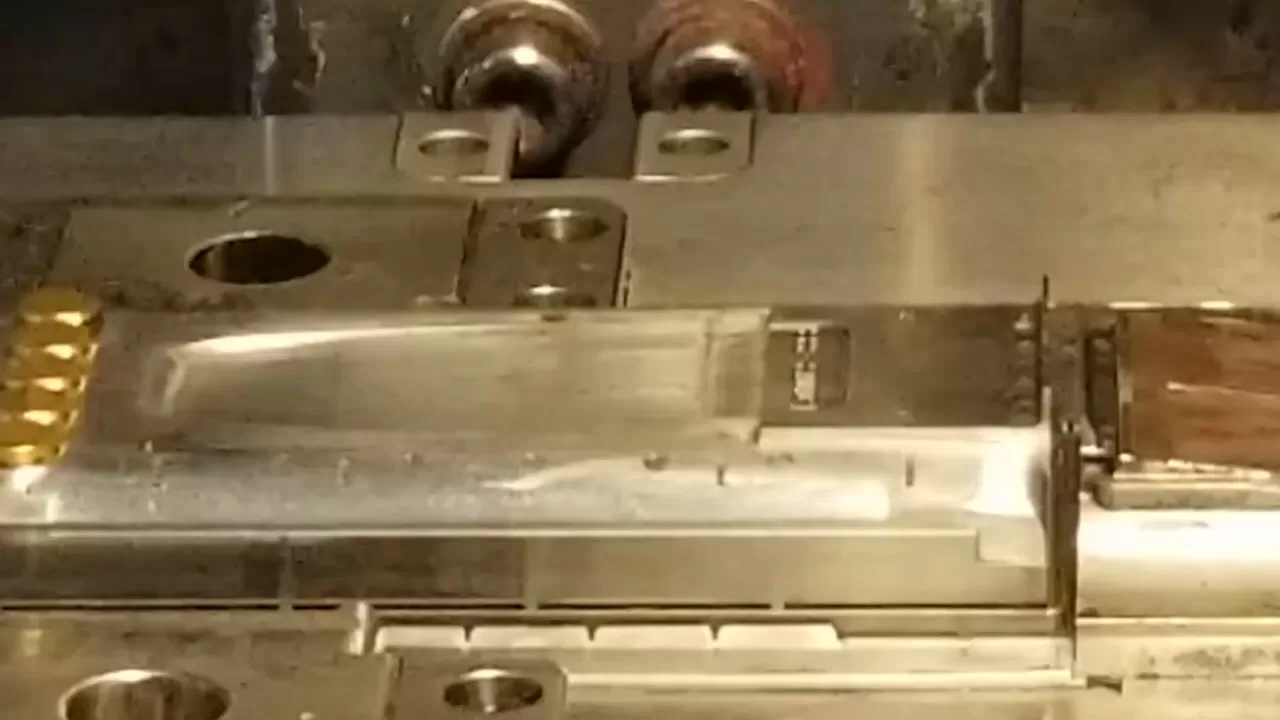Vintage cameras have always held a certain allure, particularly those shrouded in mystery and intrigue. Among them, the 1950s Minox 3 German spy camera stands out as a relic from an era of Cold War espionage and cinematic inspiration. But how much of its legacy is fact, and how much is fiction?
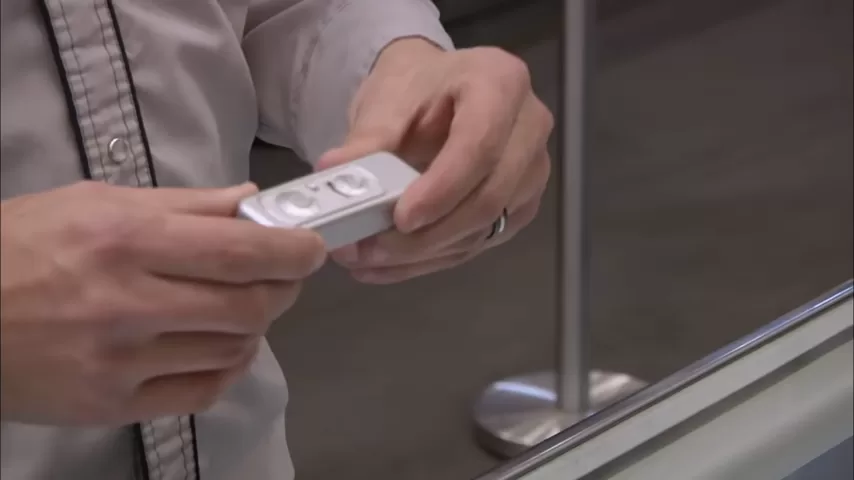
A Camera with a Story
The Minox 3, roughly the size of a cigarette lighter, is an impressive piece of engineering. Compact and discreet, it features an adjustable dial for different photographic settings, a shutter mechanism, and a small viewfinder. Unlike standard cameras of its time, it was designed for covert operations, or at least marketed as such.
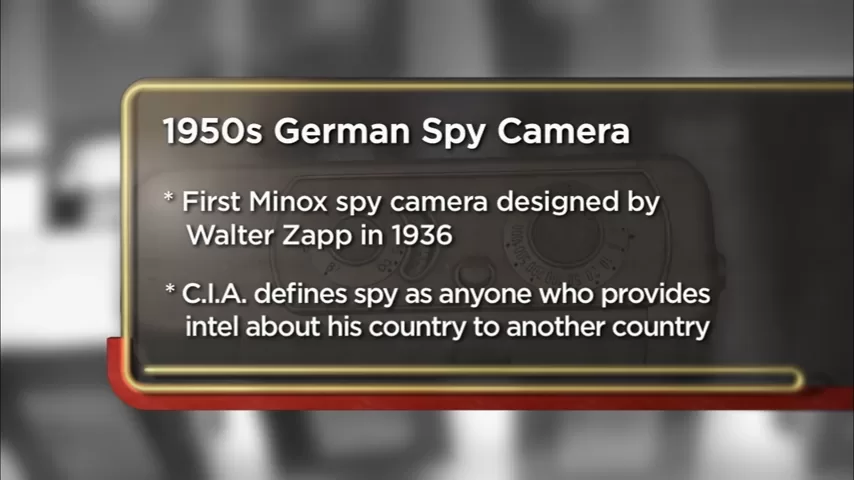
The camera in question, recently brought to a pawn shop, was passed down through generations. Originally owned by the seller’s grandfather, who served in the German military in the 1950s, it had the makings of a fascinating collectible. However, as is often the case with vintage items, its authenticity as a true spy camera was put into question.
Was It Really Used for Espionage?
While Minox cameras were indeed used by intelligence agencies like the CIA and the German BND, the one presented at the shop lacked any official confirmation of being a government-issued spy tool. The reality is, spy cameras weren’t sold commercially—actual espionage equipment was manufactured specifically for intelligence agencies.
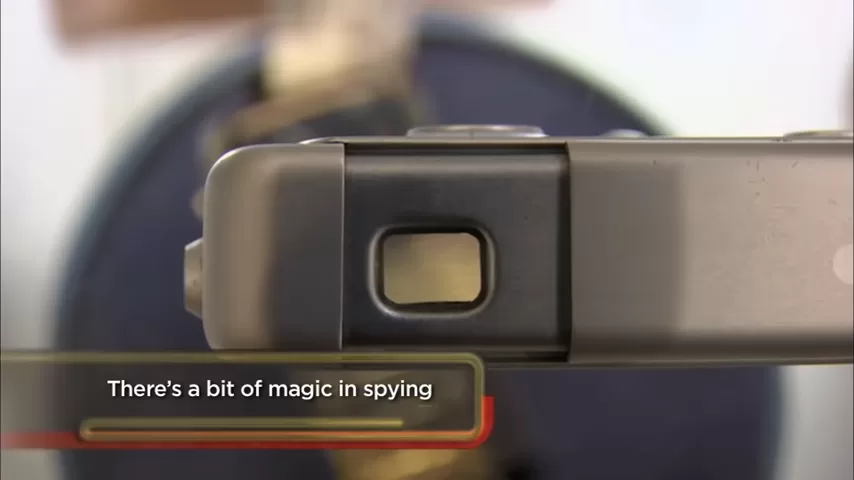
That being said, the influence of James Bond movies in the 1960s created an undeniable fascination with spy gadgets. As a result, miniature cameras became popular among collectors and hobbyists who wanted to feel like secret agents. Despite its lack of verifiable espionage history, this Minox 3 remains a piece of pop culture nostalgia that photography enthusiasts would love to own.
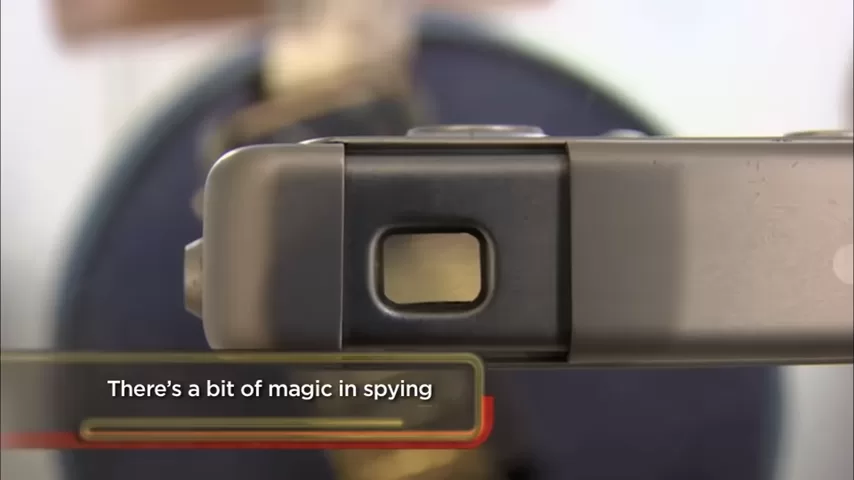
Valuing the Camera: A Collector’s Dilemma
The seller initially hoped to get $100 for the camera, citing its historical significance and family lineage. However, a few major red flags drastically reduced its value:
- Obsolete technology – Finding film for this type of camera is nearly impossible, limiting its practical use.
- Engraved personal information – The name Bill McCord and a Social Security number were carved into the body, which is problematic from a resale perspective.
- Altered serial number – A previous engraving had been removed, making it difficult to trace ownership. In the pawn business, this is a legal risk, as scratched-off serial numbers suggest a potential history of theft or fraud.
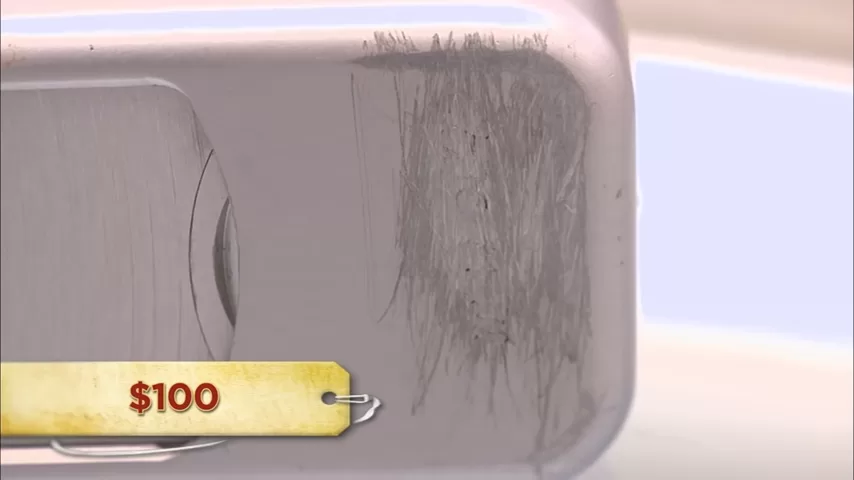
Given these concerns, the shop owner estimated its value at $50-$60 to the right buyer. However, due to the altered serial number, it was deemed too legally risky to purchase.
Lessons from the Pawn Counter
This encounter underscores an important lesson in collecting vintage memorabilia: provenance matters. A cool backstory and nostalgic appeal can add charm to an item, but without proper documentation, its resale value and authenticity may be questioned. In the case of this 1950s German spy camera, while it might not have been part of any secret missions, it still represents a fascinating era of history—just not one that a pawn shop was willing to gamble on.
